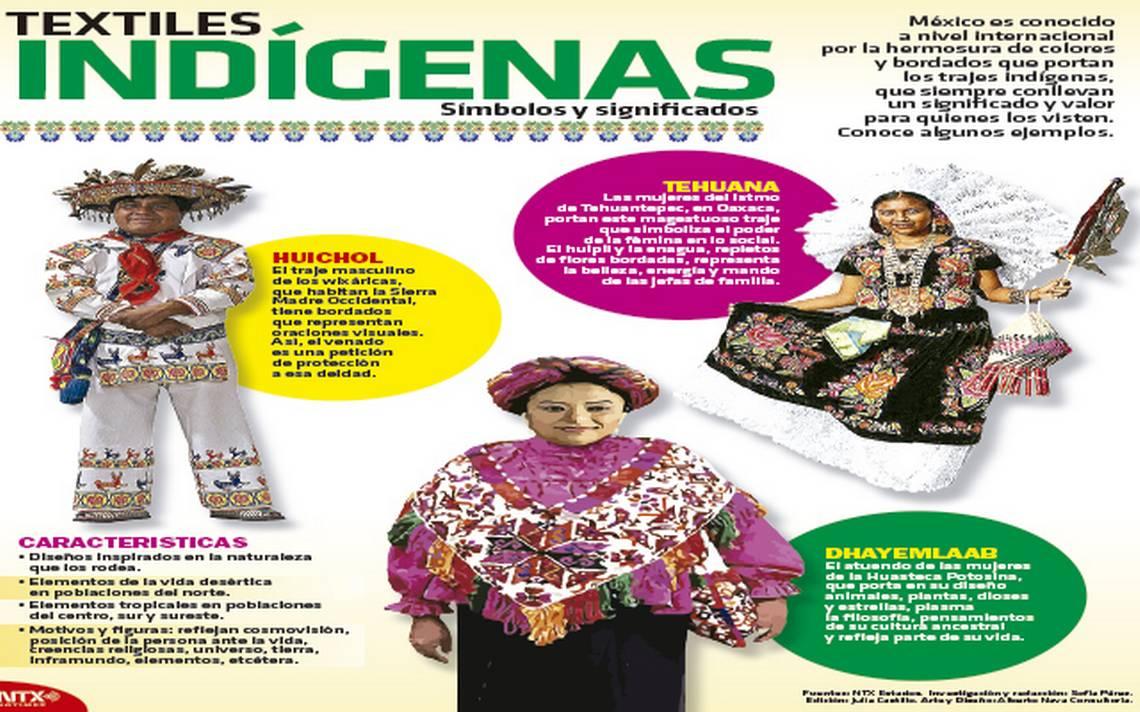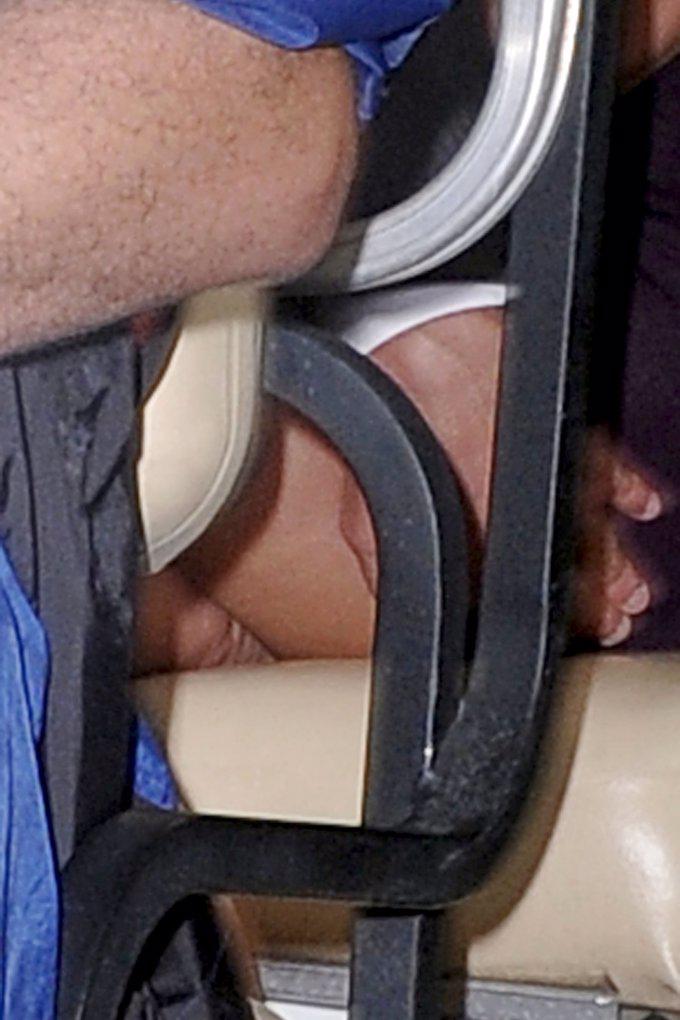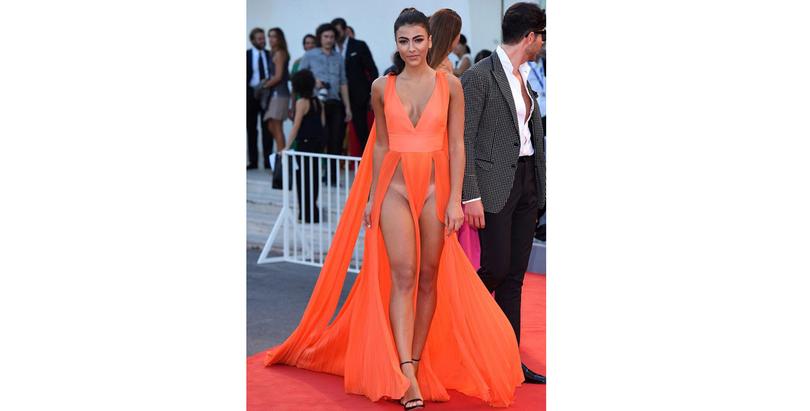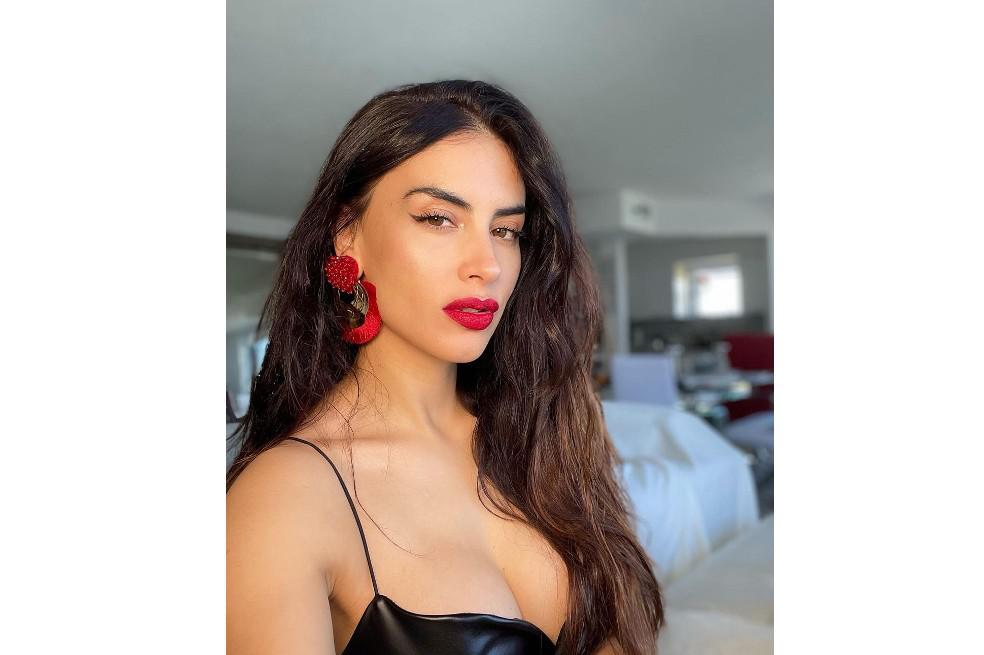Arts Arts Dress of indigenous peoples, window to their culture: Walther Boelsterly Dress of indigenous peoples, window to their culture: Walther Boelsterly
The clothing that the indigenous peoples carry, with their elaborate designs, have an invaluable importance because their drawings allow a rapid visual reading of their cosmogony;The place, importance and rank that the character that uses clothing and biodiversity where he lives, said Walther Boelsterly.
In an interview with Notimex, the specialist in the subject and director of the Museum of Popular Art (MAP) defined those peoples that retain their traditional clothing as “some magicians” by the way they merge the iconography and all this symbolism that their cultures retain.
For the preparation of these altarpieces, windows to original cultures, explained in the first place it should be noted that Mexico has a huge amount of natural pigments that give a large color palette for artisanal work in textiles.
He recalled that the tinture trade that was very important in the pre -Hispanic era, and that in the same status it has remained until today thanks to this range of tones.
In addition, there is also a huge variety of raw materials in which this palette can be applied, from which the so -called pre -Hispanic cotton, obtained from the native species Gossypium hirsutum, belonging to the Malvaceae family,.
This local variety, to which you can add the fibers obtained from the water ortiga, Ixtle de Maguey and other rough fibers, was enriched by the conquest and the products of animals that arrived with the cattle, beef, beef and equine.
In this context, clothing and embroidery are among the original groups not only an identifier of the different ethnicities but also inside the various families and social ranges that make them up, Boelsterly said.
“In the specific case of the Huicholes, the embroidery and the height in which the embroidery are determining the social levels of the butler or the person who is carrying them, and obviously all this is enriched with the iconography around”He said.

In this regard, he mentioned that those who make these clothing adorn the reasons mentioned with designs inspired by the nature that surrounds them, the flora and fauna of the place, which means that northern populations develop elements more attached to desert life and those of theSouth-southeast to the tropical.
Likewise, the meanings that are given to that flora and fauna will determine the levels and ranges of the person carrying a clothing.For example, for Huichols one of the most relevant plants is the peyote and fauna the eagle, the snake and the deer.
These elements, he explained, are representing the earth and the subsoil for them, as well as in the air.And this cosmogony that is being reflected in the different regions of the Mexican Republic has a lot of relation to what is being done in the embroidery.
Today I Learnt How to Peel Potatoes, Cut Parsnips...and my finger #uch
— Lucy Kay Dover Thu Sep 11 16:11:14 +0000 2014
He also cited as an example the fabrics and textiles of the Altos de Chiapas that are currently on exhibition in the MAP, whose greezes and detail drawn drawings reflect the morphology and fauna of the region, and the same happens in other parts of the national territory.
Regarding the state of OaxacThey use.
Thus, there is a great diversity in the material palette, in the reasons for embroidery.
In this way, at the same time the motives and figures of these tissues, and the ways in which they are designed, has a significance with the worldview of the original groups, the position of man before life, religious beliefs, the universe,The earth, the underworld and the air, stressed.
When resuming the example of the Huicholes, he said that they have a lot of relationship with aspects such as “where I am standing, who is owed to my respects, the theologies I have to live together and who should I give my services.All this is related ".
In summary, the designs of the clothing of the original peoples of Mexico, are an altarpiece and an open book for those who knowof conservation and registration of the furniture artistic heritage of the National Institute of Fine Arts.
Regarding the use in other contexts of these reasons of the original peoples, such as the Pugilismo Championship belts or the fashion clothing designs, Boelsterly pointed out that the traditional and orthodox conservation posture of certain crafts exists on the one hand.
But on the other hand it should be understood that this tradition evolves, and if this step is abroad more than complaining that it is outside the country, one should ask why it was not the Mexican who did it.
"This evolution of crafts and this way of applying it in current fashion is completely valid," he said when considering that the makers of this traditional art must do it in the context that modernity provides.
Thus, he said, their conservation in a traditional, Orthodox way, and their promotion through the evolution of these designs with the elements of modernity, are valid, and what the authorities must do is that the royalties of those designs occurto whom it corresponds.
He stressed that, therefore, the position that those who prepare in the indigenous populations are these drawings, these textiles, these clothing, are very relevant, these clothing, because their work gives information from the ethnic group to which it belongs, region, social stratum that occupies those who carry them,And to appreciate its true wealth, you should not miss the context to which it belongs, it ends.




